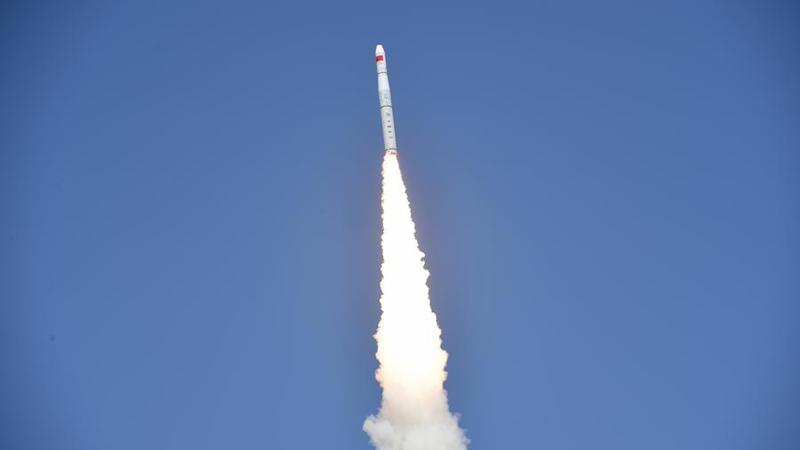Five new remote-sensing satellites were sent into planned orbit from the Taiyuan Satellite Launch Centre in north China’s Shanxi Province on Wednesday.
The five Ningxia-1 satellites were launched by a Long March-6 carrier rocket at 2:35 p.m. (Beijing time).
The satellites are part of a commercial satellite project invested by the Ningxia Jingui Information Technology Co., Ltd., and will be mainly used for remote-sensing detection.
The satellites and carrier rocket were developed by the DFH Satellite Co., Ltd. and the Shanghai Academy of Spaceflight Technology.
Wednesday’s launch was the 318th mission for the Long March series carrier rockets.
However, China plans to launch four new science satellite missions by 2023, and scientists have completed concept research on another five to be launched in the next 10 years.
Successful Chinese science satellites launched since 2015 include the Dark Matter Particle Explorer (DAMPE), Quantum Experiments at Space Scale (QUESS) and Hard X-ray Modulation Telescope (HXMT).
These were under a space science programme of the Chinese Academy of Sciences (CAS).
“The second phase of the programme has now started,” Wang Chi, Director of the National Space Science Centre under the CAS, recently told the first China Space Science Assembly in Xiamen, east China’s Fujian Province.
The first mission of the second phase was Taiji-1, China’s first satellite to conduct in-orbit experiments on key technologies related to space-based gravitational wave detection, which went into space on Aug. 31, 2019.
The four new missions include the Gravitational Wave Electromagnetic Counterpart All-sky Monitor (GECAM), expected to be launched at the end of 2020.
It will search for electromagnetic signals associated with gravitational waves, according to Wang.

